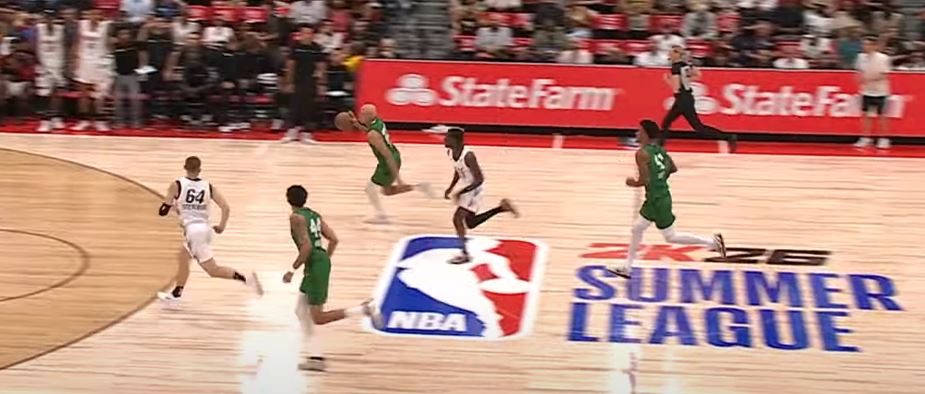The Boston Celtics have been dealing with an extremely challenging financial situation. Their salary cap for 2025–2026 is $239 million, which is less than $1 million above the second apron line and much higher than the league’s soft cap of $154.6 million. Brad Stevens, who has notably changed the franchise’s strategy toward flexibility and long-term control, is skillfully navigating this financial tightrope walk.
The Celtics acquired Anfernee Simons and Georges Niang while drastically cutting their payroll by trading Kristaps Porzingis to Atlanta and Jrue Holiday to Portland. These strategic exchanges were more about structure than star power. Boston has the opportunity to stabilize without giving up all competitive aspirations thanks to Stevens’ creation of cap breathing room through the return of younger, more affordable contributors. Given the NBA’s changing financial restrictions associated with apron penalties, the move is especially creative.
Boston Celtics 2025–26 Salary Cap Summary
| Category | Information |
|---|---|
| Total Salary Commitments | $239,488,025 |
| Official NBA Salary Cap | $154,647,000 |
| Luxury Tax Threshold | $187,900,000 |
| First Apron Line | $195,900,000 |
| Second Apron Line | $208,500,000 |
| Cap Space Rank (NBA) | 26th out of 30 |
| Largest Player Salary | Jayson Tatum – $54,126,450 |
| Second Largest Salary | Jaylen Brown – $53,142,264 |
| 2025 Offseason Moves | Jrue Holiday and Porzingis traded for Simons, Niang |
There is more to the second apron than simply paying more luxury tax. It basically forces high-spending teams into a static roster model, restricts trade mechanisms, and limits exceptions. Boston took early action to avoid being trapped because it was aware of these cascading restrictions. The decision is especially advantageous in light of Jayson Tatum’s Achilles injury. The Celtics need to look for other ways to win without their center. Without Tatum, making additional investments in a luxury tax-bound roster would have been a sentimental rather than a calculated move.
By chasing banners, teams like the Golden State Warriors have normalized massive payrolls over the last ten years. However, the Celtics’ reorientation reflects a more sustainable strategy. While making room for young assets like Baylor Scheierman and Hugo González, Stevens is assembling a flexible core around players like Derrick White and Payton Pritchard. The development of these players could be crucial to Boston’s next championship window, and they are incredibly inexpensive when compared to veteran alternatives.
Boston greatly decreased its tax penalties by splitting $60 million in salary between Holiday and Porzingis. Under the league’s most recent regulations, these penalties would have increased dramatically. Making decisions with an eye toward the future is extremely valuable. The court is where most fans watch the real-time drama, but spreadsheets may have a greater influence on the outcome of the upcoming season than buzzer-beaters.
With Tatum’s impending return, Stevens is also making plans for the future. Boston will want space to develop around him without being constrained by overpaid veterans if he returns to full strength in 2026. Despite Porzingis’ skill set, trading him eliminates a long-term liability. Adding rotational shooting without limiting future moves is possible by bringing in Georges Niang, a stretch forward with a much smaller contract. Despite the transition’s apparent subtlety, the financial impact is substantial.




